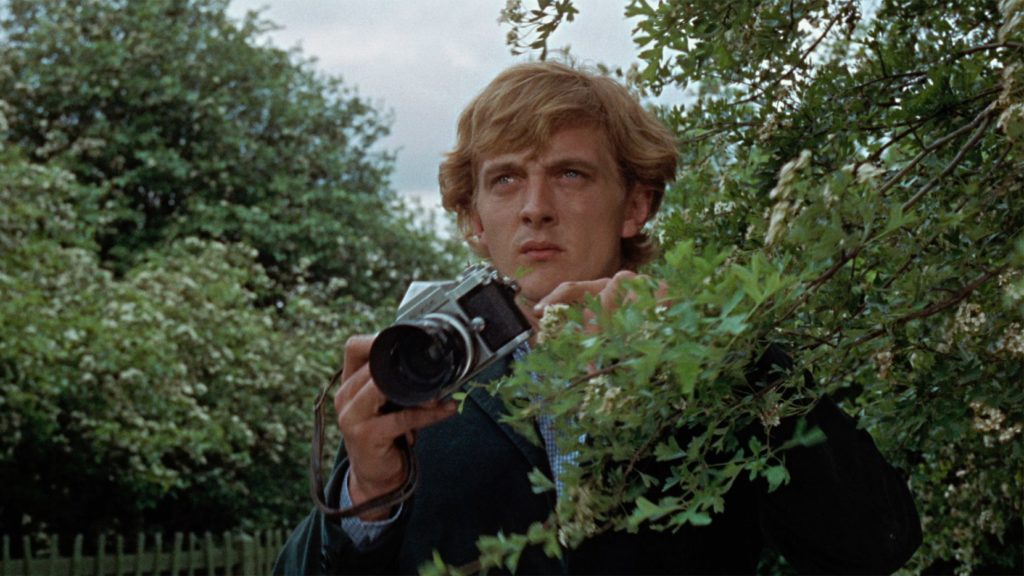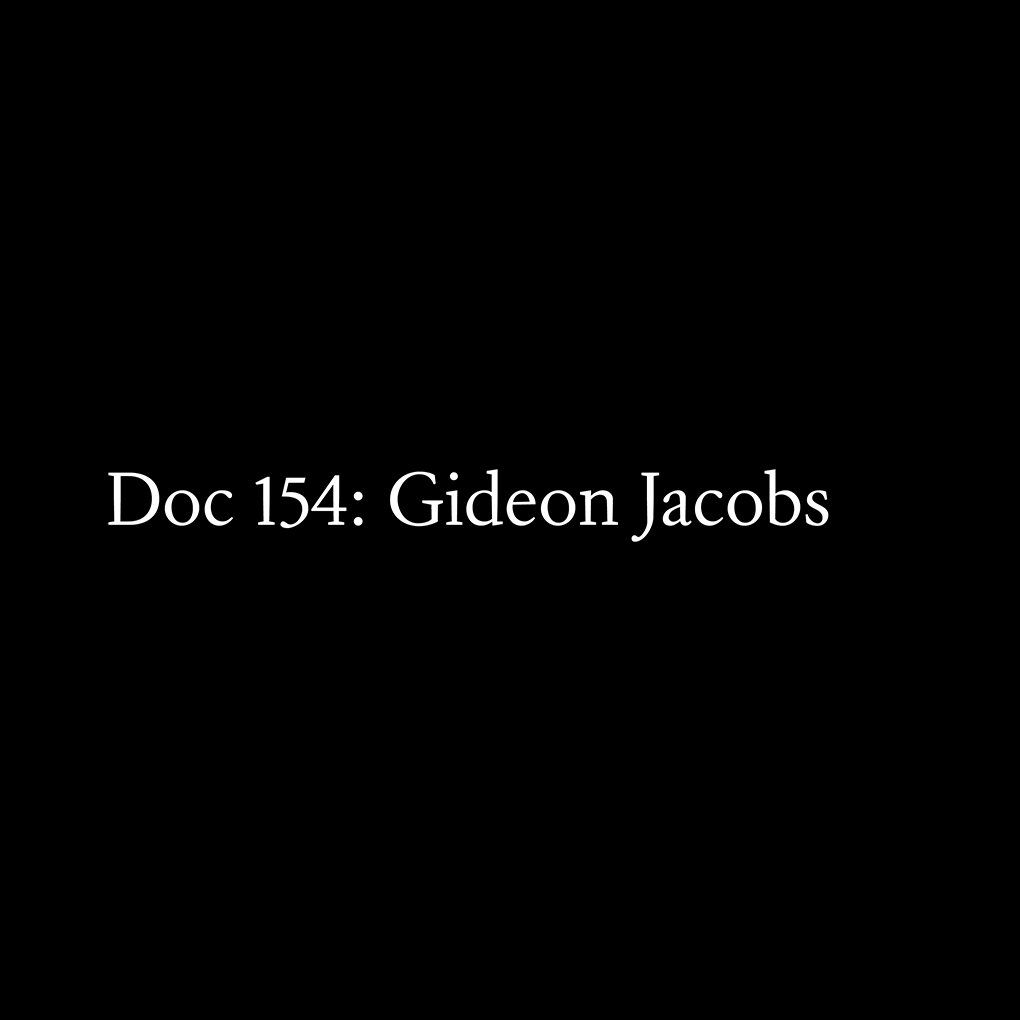
An Antwerp-based poet, novelist and film reviewer, arrived in London with his camera. He was there, bespectacled, bald dome glinting, sharp eyes and thin smile, at just the moment in the 1970s when I was starting to explore these places and to cut the grass around the Hawksmoor churches. Guy Vaes was a phantom double. We might have passed each other on one of the overgrown paths of an East End cemetery and moved on, like characters from Poe, in the wrong body. Vaes was a child of war, of occupation. His parents kept him inside the house where he grew up. They encouraged the excavation of his father’s library. The shelves where he made the acquaintance of Robert Louis Stevenson, Charles Dickens, Thomas De Quincey, Arthur Machen. Like Borges in Buenos Aires, Vaes conjured and described a parallel London, truer and more fantastic than the one we knew. He did not want to spoil his projections with mere experience; until his wife pushed him, pretty much buying the train tickets and shoving him on the boat.
I don’t believe there was any preordained project. Vaes let chance dictate the terms of his engagement. He jumped on random buses. He drifted, always with a bias towards melancholy, the slow cinema of misted windows and river fogs. He knew there was a code to crack and he took photographs as cover for this great unreturning: a detective novel posthumously assembled from images over which he asserted no authorship.
Many of the London photographs remain unpublished, but there is a book from 1978, issued in Brussels, Les Cimetières de Londres. Vaes found his way into the thickets of Tower Hamlets Cemetery twenty years before WG Sebald. He paid his respects to Poe by inspecting Abney Park in Stoke Newington and photographing a surreal obelisk with a pointing hand attached to the tip. Vaes acknowledges Arthur Machen and Far Off Things. He places gnomic quotations from Sir Thomas Browne, Christopher Marlowe, T.S. Eliot, Dylan Thomas, Borges, Verlaine and Paul Eluard alongside his graveyard photographs. To an uncanny degree these were the photographs I was taking at that time, graphic revelations of mysteries I was beginning to exploit. Vaes achieved notable recoveries from sites I believed to be obscure and little visited.
We must have been stalking the same streets at the same time. Bunhill Fields. Bow. Hackney. Vaes kept a record of locations I tried to describe in words. His book also demonstrates how the shop windows and trade signs of John Deakin could be incorporated into a more general portrait of a living, working city. The Limehouse pyramid, as Vaes collects it, is lit to show every scrape and scratch. It fills the frame, its Portland stone sections stacked against the looming hulk of Hawksmoor’s church. I place the two prints, Vaes and Deakin, side by side. Does the pyramid sink or rise? Deakin suggests a diminished folly in woodland, the private park of some great estate. The Vaes monument threatens to outgrow the church. Both men have the cruel knowledge that the stone will outlive them. Borges wrote of how the most magnificent pyramid can be “worn down by a bird’s wing that brushes against it every thousand years”.1 Dust settles on the photographic plate. Dust sketches a form.
Vaes was a night stalker. “I needed,” he said, “to eliminate the metastasis of information (spots before my eyes crowding my inner vision) in order to try, at nightfall, to renew my ties with what was left of myself.”2
A more sophisticated London album than any of these was the one assembled by the Chilean photographer Sergio Larrain in 1958. Larrain was drawn to London by his enthusiasm for the work of Bill Brandt. Once more, the man with the camera adopts the identity of a stalker, an archaeologist of moods and movements. He visits some of the same riverside reaches. He records signs and advertisements in a way that recalls Robert Frank’s New York. The uniforms and drained faces of City bankers acknowledge Frank’s transit down Threadneedle Street. But Larrain is not trapped in the gravity of place. He avoids the Limehouse pyramid. He inspects the hustling streets, the buses, the underground system. He conveys an impression of the peculiar quality of the capital as a totality, revealed through stolen glimpses, awkward angles, figures lost in mist. A burdened imperial city dominated by soot-grimed structures.
The dangerous sympathy of writer for photographer is clarified in Roberto Bolaño’s introductory essay for Larrain’s wonderful book, London, 1959. “I’d like to say that I’ve lived in one of his photographs. Maybe I have. What I know for certain is that I’ve strolled through one: I’ve walked the streets that Larrain photographed… I’ve been gazed at by the same people who were gazed at by Larrain.”3
Bolaño characterizes Larrain as “the perfect tourist”. 4 The one without an agenda, without appointments. The sanctioned voyeur who knows how to wait for a bus. “Ectoplasm gone astray”. There is always one figure, disappointed lover or pre-suicidal office drone, remaining resolutely out of focus. Entitled solitaries trudge in a managed hell. “Comparisons are never innocent,” Bolaño confesses. “After a while they return or their ghosts return.”5
Deakin burnt out his famous ghosts by trapping them in merciless close-up. His cinema of mythical Hollywood stars was pure quotation. He stole from the screen, before retreating to the bar. When he tried the tourism of the streets, he lost himself in a tangle of interconnected fables. In the matter of London, it takes a supreme effort of will to achieve the innocence of the tourist. A person from elsewhere. Never trust the ones who pass you their cameras, hopeful of a record, a portrait for whose flaws they take no responsibility.
The introduction to London, 1959 by Agnès Sire describes Larrain’s book as an exercise in following “the movement of shadows”. She mentions “mist-shrouded parks” with “ghost-like figures” and she invokes the cinema of Fritz Lang and Antonioni. She reminds us that the ultimate resolution of the figure of the stalking photographer, caught between nagging impulses, teasing clues and prophetic signs, while understanding the requirement of delivering publishable product, came with David Hemmings running up steps in Maryon Park for Blow-Up.6 A murder that happens only because he is photographing it. Everything is nailed in that moment. That is how Bolaño’s fictions fuse with Larrain’s images. “The killer sleeps as the victim photographs him… The person taking the picture wins, but the victory can lead to a death without hope of appeal.”
Blow-Up is the translation into a specific topography, a luminously obscure patch of London, for an incident happening in Paris, finessed into fiction by Julio Cortázar. And where did Cortázar get his original inspiration? It was a story he heard from another exiled Latin American, a Chilean photographer: Sergio Larrain on his way back from a London unreturning. “He pulled images out of limbo, if such a place exists,” Sire wrote. “He spoke of making phantoms into flesh through his images.”1 From “Circular Time” by Jorge Luis Borges.
2 Vaes, Guy. Les cimetières de Londres. Les Editions Jacques Antoine, 1978.
3 Larrain, Sergio, and Roberto Bolaño. London. 1959. Thames & Hudson, 2021.
4 Ibid.
5 Ibid.
6 Blow-Up. Directed by Michelangelo Antonioni, performances by David Hemmings, Vanessa Redgrave, Sarah Miles, Jane Birkin, Tsai Chin, and Peter Bowles. London: Metro-Goldwyn Mayer, 1966.
Iain Sinclair is a Welsh poet, writer, and filmmaker. Much of his work is rooted in London and, more recently, within the influences of psychogeography. His early work was poetry, published by his own Albion Village Press, and included the collections Lud Heat: A Book of the Dead Hamlets (1975) and Suicide Bridge: A Mythology of the South and East (1979). His non-fiction works include Lights Out for the Territory: 9 Excursions in the Secret History of London (1997), London Orbital: A Walk Around the M25 (2002), and Edge of the Orison (2005), a reconstruction of the poet John Clare’s walk from Epping Forest to Helpston, near Peterborough. His novels include Downriver (1991), Landor’s Tower (2001), White Goods (2002), and Dining on Stones (2004). Hackney, That Rose-Red Empire: A Confidential Report (2009), a personal record of the area of London in which he has lived for decades, was shortlisted for the 2010 Ondaatje Prize. His most recent book, following a journey by his great-grandfather to the sources of the Amazon, is The Gold Machine: In the Tracks of the Mule Dancers (2021).



